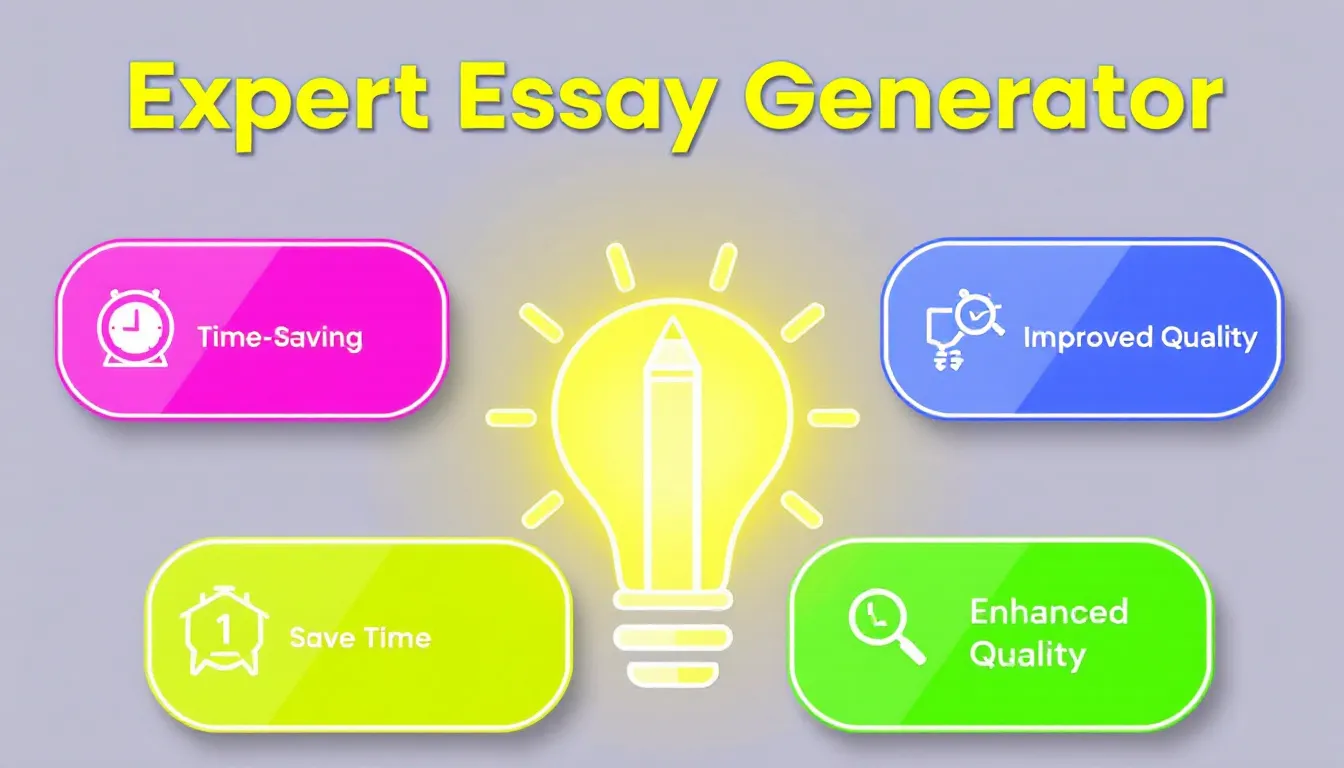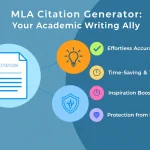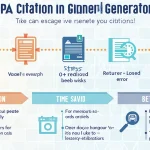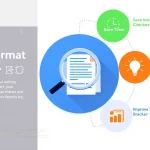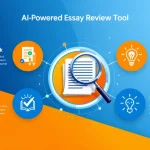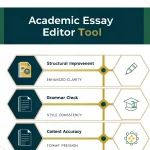Essay Generator
Is this tool helpful?
How to Use the Essay Generator Tool Effectively
This Essay Generator Tool simplifies writing well-structured, researched essays. Follow these straightforward steps to get the best results:
- Enter your essay topic: Type the main subject of your essay in the first field. For example, you might use “The Future of Space Exploration” or “Benefits of Sustainable Agriculture”.
- Set the desired word count: Specify how long you want your essay to be in the word count field. Try inputs like 1200 or 3500 words to match your assignment or project size.
- Choose a citation format (optional): If your essay needs referencing, pick a citation style such as APA, MLA, Chicago, or Harvard. If left blank, the tool defaults to a standard style.
- Generate your essay: Click the generate button to create a draft based on your inputs.
- Review and copy the essay: Once generated, review the essay. You can easily copy it to your clipboard for editing or further use.
Using these steps, you’ll have a comprehensive essay draft tailored to your requirements in no time.
What Is the Essay Generator Tool? Definition, Purpose, and Benefits
The Essay Generator Tool is an AI-powered writing assistant designed to create clear, organized essays on almost any topic you provide. It uses natural language processing and machine learning to gather relevant information, build arguments, and format content into a cohesive essay that meets your chosen word count.
Purpose of the Essay Generator Tool
The tool helps you by:
- Saving time on early research and drafting
- Showing a clear essay structure with introduction, body, and conclusion
- Providing relevant, authoritative points on your topic
- Supporting you when you struggle to start writing
- Helping you meet length requirements effortlessly
Key Benefits of Using This Essay Generator
- Save time: Quickly get a full essay draft so you can focus on reviewing and refining your work.
- Improve structure: See well-organized essays that follow academic conventions, enhancing your writing skills.
- Generate ideas: Discover new angles and arguments that deepen your understanding of the topic.
- Customize output: Choose essay length and citation format to meet your specific needs.
- Overcome writer’s block: Get a ready-made draft when you find starting difficult.
- Ensure flow and consistency: Maintain a smooth writing style throughout your essay.
- Assist research: Access important facts and perspectives to save time on initial investigations.
Practical Uses and User Scenarios for the Essay Generator Tool
This versatile tool supports many users in a range of contexts. Here are common ways people use it:
1. Students
- Essay assignments: Generate initial drafts to understand essay organization and content development.
- Research projects: Outline research papers with a solid framework and supporting points.
- Exam preparation: Practice quickly structuring essays on potential exam topics.
2. Educators
- Lesson planning: Create essay outlines to structure teaching materials.
- Study guides: Provide essay summaries of course content for students.
- Essay examples: Show students clear, well-formed essays on various subjects.
3. Researchers
- Literature reviews: Draft preliminary research summaries as starting points.
- Grant proposals: Structure proposals logically with key sections.
- Conference papers: Generate drafts quickly to focus on analysis and refinement.
4. Content Creators and Professionals
- Blog and article drafts: Build outlines and full drafts for various content topics.
- Script writing: Prepare essay-style scripts for podcasts and videos.
- Business reports and proposals: Create structured drafts that cover necessary points.
5. Non-Native English Speakers
- Writing practice: Study well-formed essays to improve grammar and vocabulary.
- Language learning: Generate essays on familiar topics to understand sentence and paragraph structure.
- Translation aid: Use essays in English to support learning across languages.
Example Use Case: Graduate School Statement of Purpose
Imagine you’re applying to graduate school and need to write a statement of purpose. Here’s how this tool helps you:
- You enter “My Research Interests in Renewable Energy Technology” as the topic.
- You set the word count to 1000 words.
- You select no specific citation format, using the default output.
The tool generates an essay that includes:
- An introduction that highlights your passion for renewable energy
- A detailed overview of your academic background and relevant projects
- A clear explanation of your specific research interests and goals
- Reasons why the chosen graduate program fits your ambitions
- A concluding paragraph that reinforces your motivation and readiness
You can personalize this draft by adding your unique experiences and perspectives to create a strong, polished statement.
Important Disclaimer
The calculations, results, and content provided by our tools are not guaranteed to be accurate, complete, or reliable. Users are responsible for verifying and interpreting the results. Our content and tools may contain errors, biases, or inconsistencies. Do not enter personal data, sensitive information, or personally identifiable information in our web forms or tools. Such data entry violates our terms of service and may result in unauthorized disclosure to third parties. We reserve the right to save inputs and outputs from our tools for the purposes of error debugging, bias identification, and performance improvement. External companies providing AI models used in our tools may also save and process data in accordance with their own policies. By using our tools, you consent to this data collection and processing. We reserve the right to limit the usage of our tools based on current usability factors.
